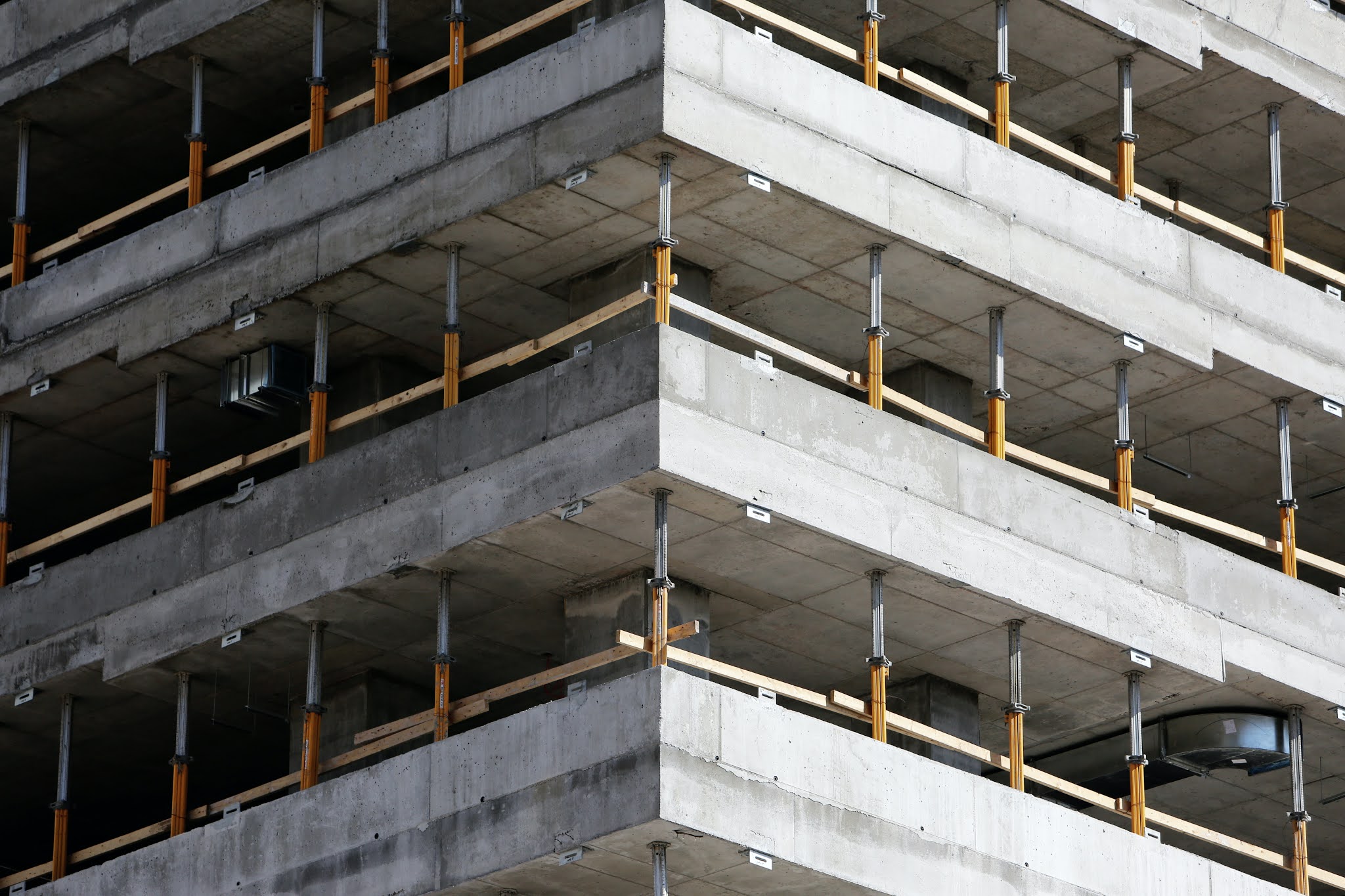Choosing the right material for your construction project is a must. Picking the correct material can help you to save money and resources. Therefore, this is a task where you should be completely serious. Today, we will be discussing the pros and cons of precast and on-site concrete.
After reading this article, you’ll know which material would be better for your construction. Let’s be clear with this, a precast column or an on-site one will do its job as expected. But there are some advantages and disadvantages for both materials that you should consider. Check, which one will be the best option for your project.
What is precast and on-site concrete?
Precast concrete: This type of concrete is poured, moulded and cured in the same location, usually, in an industrial factory. Because the whole process can be always controlled, it ensures that the concrete will be a high-quality one. Once the precast concrete is ready, it’s transported to the building site.
On-site concrete: As its name says, on-site concrete is poured, moulded and cured at the construction site. You need space in the building site to store the materials. As well, weather plays an important role in the curing stage.
Pros and Cons of Precast Concrete:
Pros:
- Quality
As said before, precast concrete is totally made in an industrial factory. There they use the right measure of resources that constitute the concrete. As well, they can establish and manipulate environmental factors, like humidity and temperature, that influence the casting and curing.
The result will be a material of the highest quality. Precast concrete stands out for its improved mechanical strength, corrosion resistance, superior surface finish and high adhesion. Hence, your precast beams and columns will do their job amazingly. - Saves time and labour
Precast concrete is built on an industrial site, which means that no one at your building site will be working on making it. As soon as it arrives, you’ll be able to put it where you needed. You will be using your time efficiently with these precast concrete panels.
On the other hand, when doing on-site concrete, you have to put your workers to do the pouring, moulding, etc. Hence, you’ll be losing hands that you could be using for something else in the construction. As well, the weather plays a key role when pouring and curing on-site concrete. It can’t take a longer time to cure if you have bad weather conditions. - Less storing space
Well, actually you don’t need to store any of the materials needed to make concrete. This is one of the biggest benefits of precast concrete. Everything will be done in another place that is not your construction site.
You can use that space for any other things that you need to store at the building site. Also, your construction place will be safer.
Cons:
- Transportation cost
Your precast panels will need to be moved from the industrial site to your building zone. Consider that you’ll need to spend money on moving your precast items. Commonly, the services of precast companies already include this fee in their prices. Just keep in mind that, if you feel that precast concrete is expensive. - Careful handling
Some of the precast columns, beams and panels are large and heavy. This may be difficult to handle the material when it arrives at your site. You’ll need to ensure that your workers have the proper care for your precast items to avoid accidents.
Pros and Cons of On-site concrete:
Pros:
- More resistant to natural disasters
The on-site concrete is less prone to structural damage due to natural disasters. Hence, if you’re building in a place where earthquakes or floods are common, then use on-site concrete. People feeling safe in their homes, when a phenomenon like this is occurring, is a must.
On-site concrete is strong and works amazingly for foundations and basement walls. You can ensure that the property that you’re building will stand any force of nature. - Versatility
One of the main benefits of on-site concrete is its versatility. You can customize it easily on the site for any last-minute change. There are always last-minute unexpected things that can happen; being able to give any shape will be a good point.
Precast concrete, on the other hand, is extremely difficult (almost impossible) to modify. Once the design is dried, it will be a nightmare to change it. - Cheaper for small structures
If you’re using concrete for a house or a small building, on site concrete will be cheaper than precast. But, for larger structures, precast concrete will be the cheapest option for the construction. Always consider all the factors that will be in-game when choosing the right material.
Maintenance of on-site concrete is cheaper as compared to precast. Also, consider the maintenance aspect when picking your materials.
Cons:
- More labour and time
As said before, on-site concrete is an expense based on the weather. Probably, it will take more time for curing if you have bad weather. Also, your workers will need to put all their efforts into pouring and moulding. As well, the external weather agents can affect the concrete quality.









Social Profile